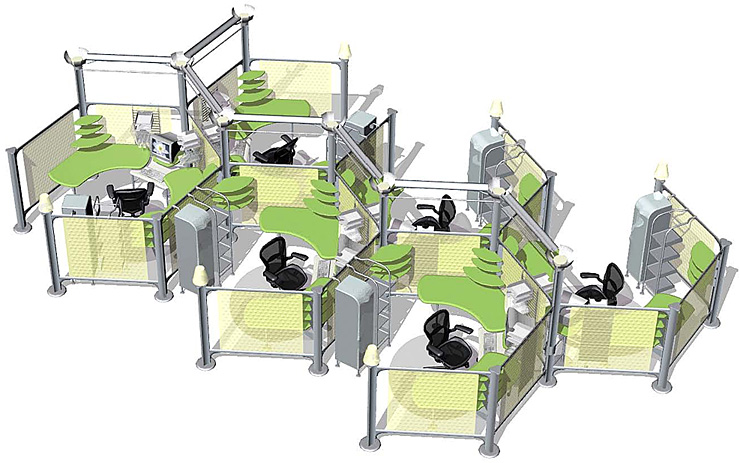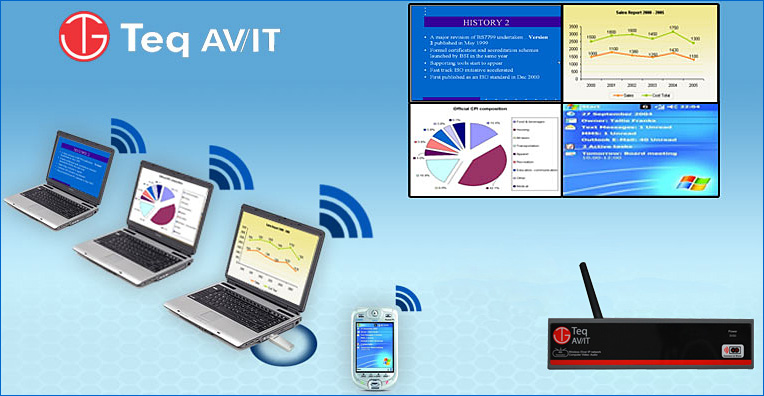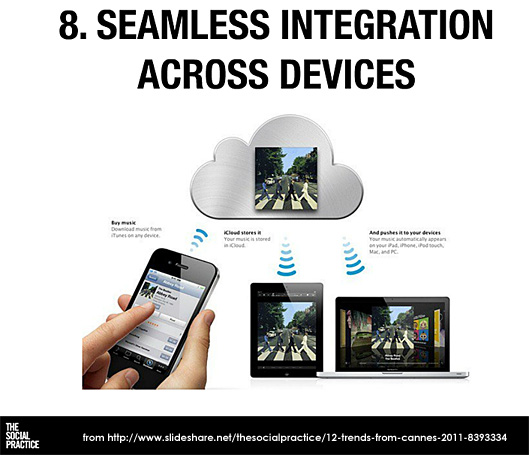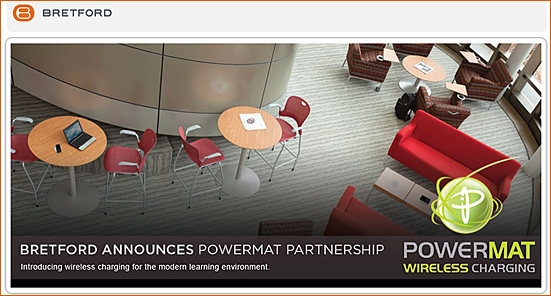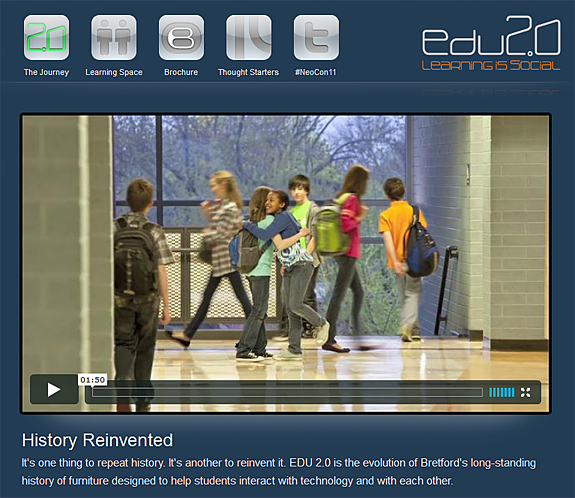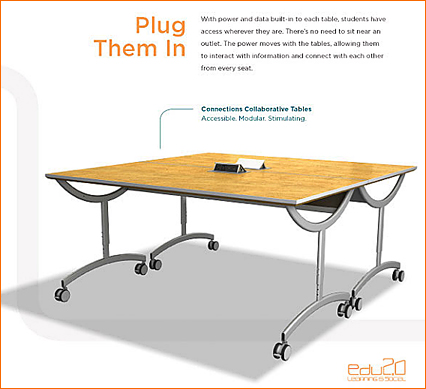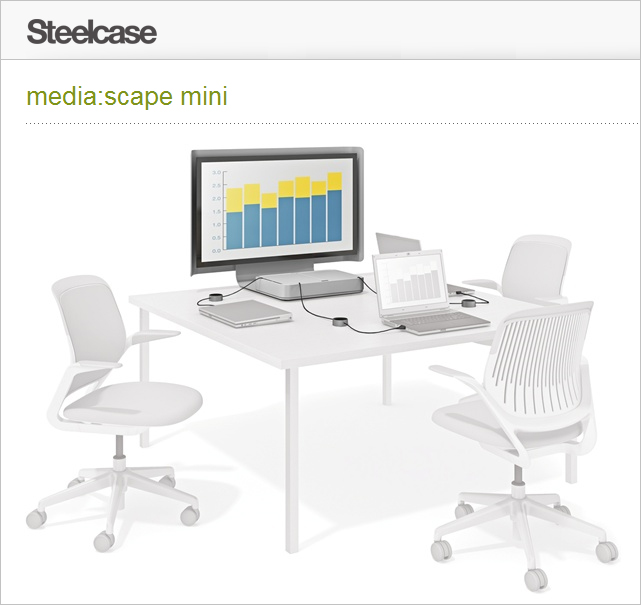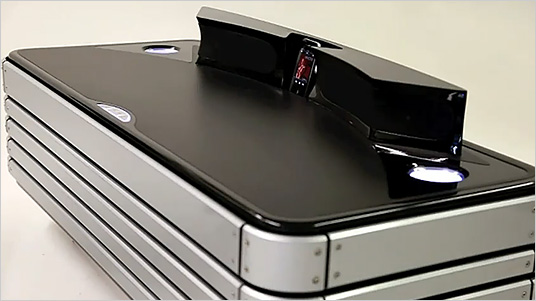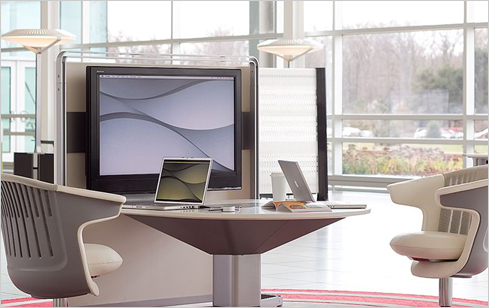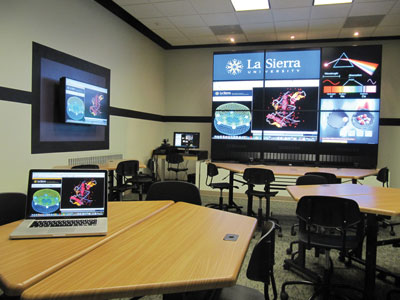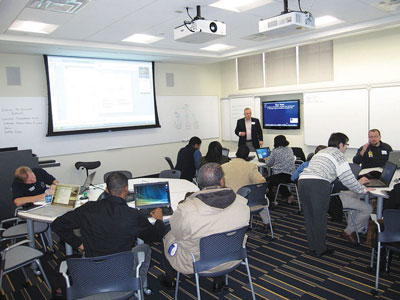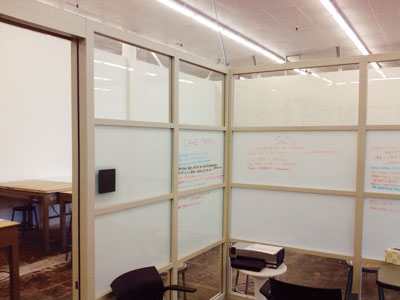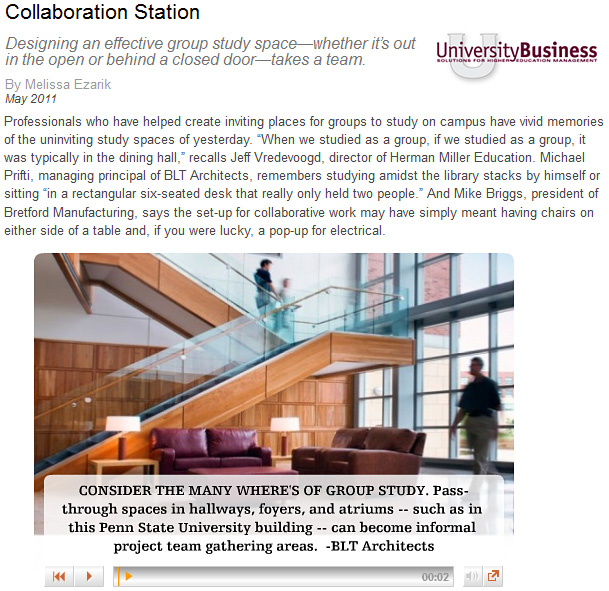Smashing the cubicles — from technologyreview.com by Tom Simonite
By sketching future spaces around tablets, smart phones, and social technologies, companies can operate with far fewer desks.

Designed for mobility:
This conference table, from the design firm Steelcase, allows employees to dock their mobile devices and take turns sharing the displays at the ends of the table. Credit: Steelcase
Also see:
- The Rise of the Virtual Office — from technologyreview.com
As the definition of the workplace changes, dramatic increases in productivity could be ahead.










